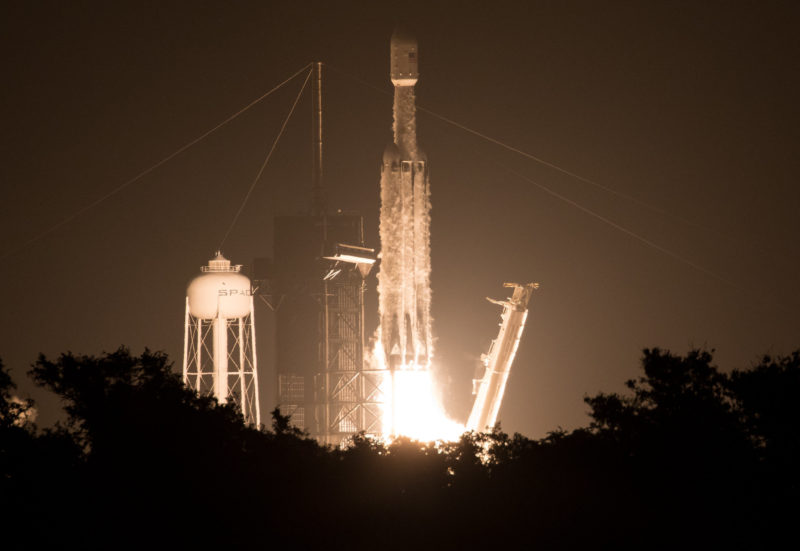Latest News

A SpaceX Falcon Heavy rocket lifting off from NASA’s Kennedy Space Center in Florida on June 25. Photo: NASA/Joel Kowsky
A SpaceX Falcon Heavy rocket carrying 24 satellites as part of the U.S. Department of Defense (DoD) Space Test Program-2 (STP-2) mission launched from Launch Complex 39A, Tuesday, June 25 at NASA‘s Kennedy Space Center in Florida. Four NASA technology and science payloads that will study non-toxic spacecraft fuel, deep space navigation, “bubbles” in the electrically-charged layers of Earth’s upper atmosphere, and radiation protection for satellites are among the two dozen satellites put into orbit.
The missions, each with a unique set of objectives, will help aid in smarter spacecraft design and benefit the agency’s Moon to Mars exploration plans by providing greater insight into the effects of radiation in space and testing an atomic clock that could change how spacecraft navigate. With launch and deployments complete, the missions will start to power on, communicate with Earth and collect data. They each will operate for about a year, providing enough time to mature the technologies and collect valuable science data. Below is more information about each mission, including notional timelines for key milestones.
“This launch was a true partnership across government and industry, and it marked an incredible first for the U.S. Air Force Space and Missile Systems Center,” said Jim Reuter, associate administrator for NASA’s Space Technology Mission Directorate. “The NASA missions aboard the Falcon Heavy also benefited from strong collaborations with industry, academia, and other government organizations.”
Get the latest Via Satellite news!
Subscribe Now